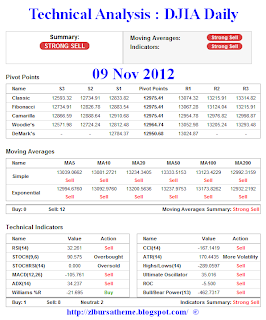Despite the strong rebound of the US market on last Friday, the KLCI failed to rebound on Monday, but closing even lower. As indicated by A, the KLCI has been trending down in its short-term weakness movement for the 15th day now.
As indicated by B, total market volume remains below the 40-day Volume Moving Average, and this suggests that market participation is a little low, as investors are being very cautious amid the weakening market sentiment. Meanwhile, losers still outnumbering gainers on Monday with 447 losers versus 225 gainers. This shows that the selling pressure is still on the higher side.
As indicated by C, the Stochastic stays below 10%, which suggests that the short-term movement of the KLCI is indeed weak, but however, in over-sold condition.
In conclusion, despite the short-term over-sold condition, the KLCI has not even rebounded a little, and therefore, the immediate technical outlook for the KLCI is still on the negative side. Meanwhile, the KLCI is testing the 200-day Moving Average line, and if the KLCI should breach below this level, it would dampen the mid-to-longer term outlook for the KLCI.
富时大马综合指数 2012-11-26
尽管美国股市在上周五大幅回弹并重返200天移动平均线以上,综指不但未有反弹,而且还继续下跌。如图中箭头A所,综指已经连续15个交易日处于短期弱势中,同时目前正要试探200天的移动平均线。
如图中箭头B所示,马股总成交量还是处于40天的成交量平均线(VMA)以下,这除了表示市场交投量偏低以外,同时也暗示着投资者保持谨慎的态度。另外,周一全盘下的跌股项远远超越上升股(447只跌/225只涨),这显示着市场的卖压还是偏高的。
如图中箭头C所示,随机指标(Stochastic)目前还是处于10%的水平以下,这表示综指短期走势的确是处于疲弱的,同时也出现了超卖(Over-sold)的现象。
总的来说,虽然综指短期已经处于超卖的状况,但始终未能反弹,所以目前综指的技术展望还是处于负面的。接下来若综指跌破200天移动平均线的话,那将对综指中长期的技术展望带来负面的影响。
祝你好运





















